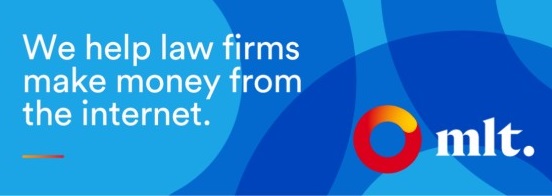Guest post from US legal bloggers.
During the telecast of the 2013 BCS National Championship Game, the cameras lingered on a young woman in the stands, who was watching her boyfriend quarterback for Alabama. Sportscaster Brent Musburger enthused about the woman’s good looks and received some criticism for his remarks from critics who noted that Musburger was decades older than the female fan. But Musburger’s admiration turned into opportunity for Katherine Webb, who became a media sensation overnight, landing invitations to model and a gig covering Super Bowl XLVII for Inside Edition.
Webb is, undeniably, a strikingly beautiful woman who would be smart to take advantage of her meteoric rise to sudden fame. But what about the population that is, to put it gently, not blessed with the looks of a Sports Illustrated model or the rugged appearance of a leading man? Some economists believe that “lookism,” discrimination against people with sub-average looks, is as prevalent as racism and sexism, and that people who are less than attractive deserve the same legal protection in the workplace.
But can people help judging a book by its cover? Day after day, we’re bombarded with images of beautiful people and, studies have shown, we judge our own selves against these gods and goddesses. We’re not thin enough, our teeth aren’t white enough and our hair lacks luster and volume. The sad fact is that lookism actually starts when we’re very young; overweight kids or kids with features that are perceived as unattractive are often the targets of schoolyard bullies. School districts across the country have begun introducing anti-bullying programs in classrooms, a step in the right direction to call attention to how we treat individuals that we view as less than desirable in the looks department.
In the workplace, though, lookism is a problem that was first identified in the 1970’s. Awareness has surged in recent years as companies have been cited for discriminating based on factors such as age and gender. Studies have shown light on disturbing instances where overweight people make less than their counterparts and workers have indicated that they are aware of instances where attractive co-workers have been promoted over their less-attractive counterparts. Conversely, a woman recently sued her former employer, her dentist, after claiming she was fired for being “too hot.” (She lost the case.)
Implementing lookism laws is tricky, primarily because beauty is in the eye of the beholder. It’s difficult to prove that a person’s career is advancing because the hiring manager believes that he or she is too unappealing. There are instances where blatant discrimination could fall under the Americans With Disabilities Act or various states’ fair employment practices. A person who is clearly very overweight and is denied unemployment might have a case, for example. By and large, a person who feels discriminated against because of their appearance may have to prove that the prejudice is based on other factors.
It may be an uphill battle, but more and more people are pointing to examples of possible workplace discrimination that has companies revisiting their hiring policies and implementing training to avoid costly lawsuits brought on by individuals who aren’t necessarily cover photo material. As these cases emerge, they bring greater awareness to the business-savvy concept of hiring and promoting people based on their abilities, skills, talent and experience instead of their looks.
About the author
Paul Nickerson often writes on law, economics, business practices, employment trends, corporate culture, and other current topics. Though lookism may not be a protected class, federal law does protect other classes; those who have been harmed in this area may want to hire a Federal Criminal Defense attorney to pursue action.



{ 2 comments… read them below or add one }